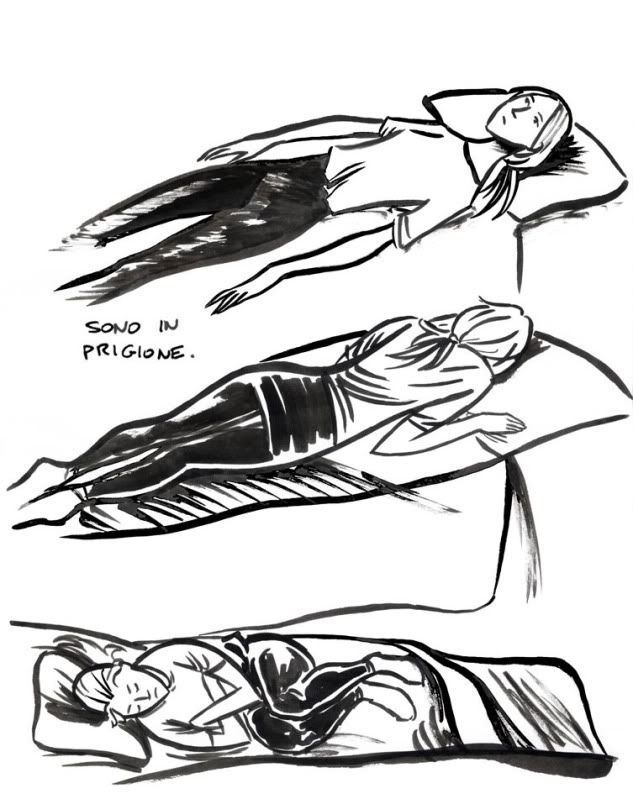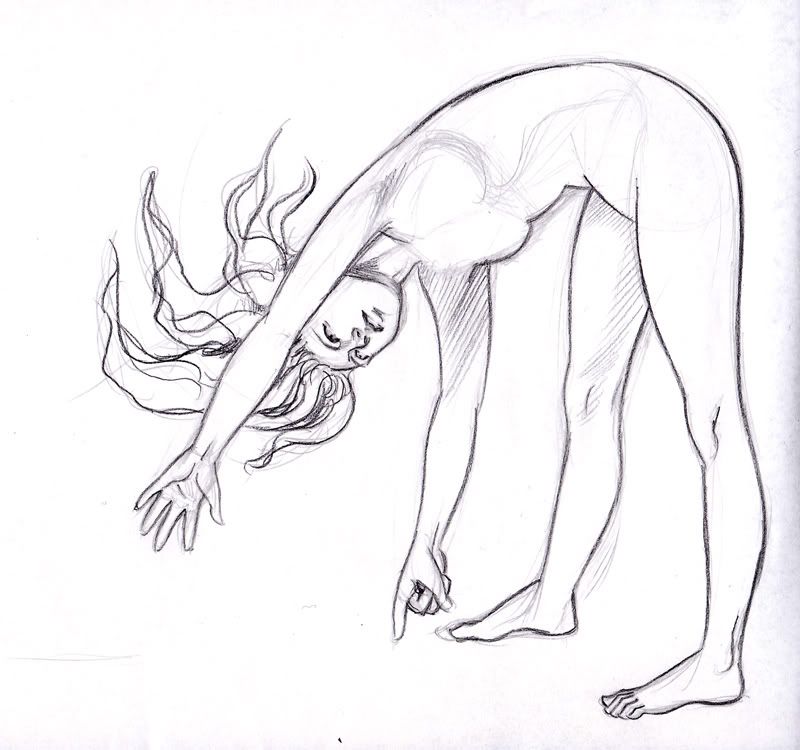For the past three weeks I've been a lucky member of
ACA residency #139 about graphic novels, with master artists Svetlana Chmakova, Paul Pope, and Craig Thompson. I came back home with the question:
what can comics do that literature can't?
In some graphic novels (especially in some autobiographical works), the predominance of text over drawings seem to me so evident that I start to question the need, from the author, to tell that story with some kind of visual accompaniment instead than just with plain words. Why bother to draw panels if your captions already tell all the story?
Literature can make everything possible. With words, you can create feelings, worlds, characters, actions, emotions. There’s almost no limit to what a piece of written words can make you imagine. But, on the other hand, what can a comic do that a novel can’t? What are the inalienable specificities of the comic medium?
Comics can create a character visually in way that just written words can't. If you find in a novel a description of a "young woman, with black hair tied back, green eyes and a quiet attitude", how does exactly this woman look like?

The vagueness of written descriptions (even when they are very long and detailed) has as a consequence the fact that different readers can imagine a totally different character (or place) one from the other. That's why, when a novel is adapted into a movie, the majority of viewers can't recognize the character they have built in their mind in the facial features of the single actor/actress chosen for the role. Comics provide characters with distinctive and non-negotiable features from the start, if that's the aim you are looking for.
Another specificity of comics (and of illustrations in general) is to produce an immediate impression on the viewer of the overall situation, that can be then fragmented into details, while a written description produces an overall impression only at the end of it. If you read the paragraph,
"Her desk was covered with books and stuff. Empty mugs were placed everywhere, on the desk and on the bookshelves behind, and a bottle of water was always within reach. Old cans of coffee were reemployed as penholders. Paper sheets, both new and used, were piled around the one sheet she was curretly working on"
the overall impression will form in your mind only when you finish reading the description. On the other hand, with a drawing, the overall impression precedes the distinction of details:

A drawing will help you establish the precise look of the world you have designed:

and it will direct the eye of the reader in the direction you want, leading the view through angles and perspective.
In a comic you can show characters' emotions from the outside, through their expressions:

telling, if you want, the exact way your characters react to something. This creates a sense of drawn life, or, if you prefer, drawn theatre.































